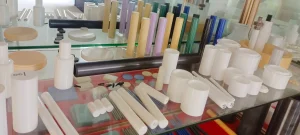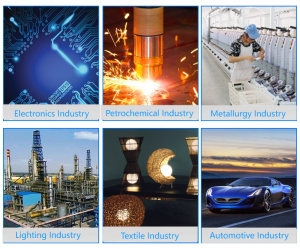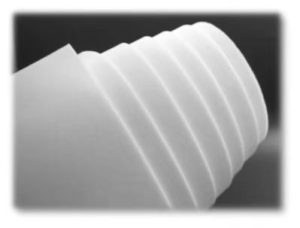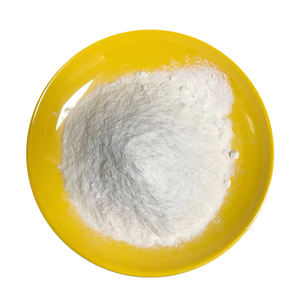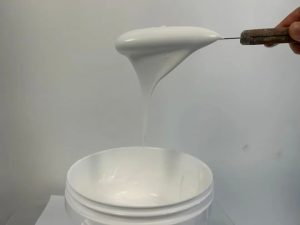Professional industry ceramic supplier, silicon nitride, silicon carbide, aluminum nitride and any other kinds of ceramics.
1. Introduction
So, you’ve got a shiny new silicon carbide crucible—and maybe a dream of casting your own sword, jewelry, or backyard aluminum ingots. Great! But before you toss it into a roaring fire like it’s a marshmallow on a stick, let’s talk turkey. Or rather, let’s talk silicon carbide.

Silicon carbide crucibles are tough, heat-resistant, and built for serious thermal abuse—but they’re not indestructible. Treat them wrong, and they’ll crack faster than your Wi-Fi during a Zoom call. This guide gives you the lowdown on how to use and care for your silicon carbide crucible like a pro.
2. What Makes Silicon Carbide Crucibles Special?
Silicon carbide (SiC) is an advanced ceramic material known for its extreme hardness, thermal conductivity, and resistance to thermal shock. Unlike alumina (Al2O3) or zirconia crucibles, silicon carbide crucibles can handle rapid temperature changes without throwing a tantrum.
They’re commonly used in foundries, labs, and even artisanal metal casting because they heat up quickly, distribute heat evenly, and last longer under repeated thermal cycling. Plus, they don’t flake off into your molten metal like cheaper alternatives might.
And no—boron carbide vs silicon carbide isn’t really a fair fight here. Boron carbide is harder, sure, but it’s brittle and expensive. For most crucible applications, silicon carbide hits the sweet spot of performance, cost, and durability.
3. Step-by-Step: How to Use Your Silicon Carbide Crucible
3.1. Preheat It Like You Mean It
Never—ever—dump a cold silicon carbide crucible straight into a hot furnace. Thermal shock is real, and it’s not your friend. Always preheat gradually.
- Start at 200°C (392°F) for 30 minutes.
- Ramp up to 600°C (1,112°F) over another 30–60 minutes.
- Then go full throttle to your target temperature.
Think of it like stretching before a workout. Skip it, and something’s gonna snap.
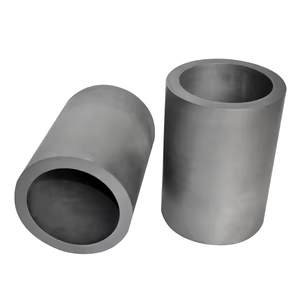
3.2. Load Smartly
Don’t overfill! Leave at least 1–2 inches of headspace. Molten metal expands, bubbles, and sometimes throws a little tantrum when impurities burn off. Give it room to breathe.
Also, avoid dropping heavy scrap metal into the crucible—it can chip the interior lining. Use tongs, not Thor’s hammer.
3.3. Avoid Contamination
Silicon carbide crucibles aren’t ideal for highly reactive metals like titanium or certain superalloys unless specially coated. Stick to copper, brass, aluminum, gold, silver, and similar non-reactive melts.
And please—don’t use the same crucible for aluminum one day and lead the next. Cross-contamination ruins both your metal purity and your crucible’s lifespan.
4. Cleaning and Maintenance Tips
After use, let the crucible cool naturally inside the furnace or on a heat-resistant surface. Never quench it in water—that’s basically crucible suicide.
Once cool, gently tap out solidified dross. Use a soft brass brush or wooden scraper. Steel wool? Nope. Chisels? Absolutely not. You’re cleaning, not excavating.
If residue sticks stubbornly, a light soak in a mild acid (like diluted vinegar for non-ferrous residues) can help—but rinse thoroughly and dry completely before reuse.
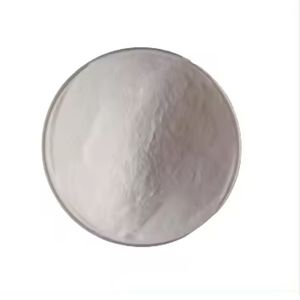
5. Common Problems and Quick Fixes
5.1. Cracks Appearing After a Few Uses?
You probably skipped preheating or cooled too fast. Always follow gradual heating/cooling cycles. If cracks are hairline and not through the wall, you might still use it for lower-temp jobs—but inspect carefully.
5.2. Glazed or Glassy Interior?
That’s flux or slag buildup. It’s normal, but excessive glazing can trap gases and cause spitting. Light grinding with a silicon carbide grinding disc (yes, made of the same stuff!) can restore texture—but only if the crucible is thick enough.
5.3. Metal Sticking to the Walls?
Your crucible may need a proper wash coat (like boron nitride spray) before use. Apply thinly and evenly, then fire it off at 800°C before adding metal.
6. When to Retire Your Crucible
Even the best silicon carbide crucible won’t last forever. Retire it if:
- You see deep cracks or structural weakness.
- The walls are noticeably thinning (<30% of original thickness).
- It starts leaking—even a tiny drip is a red flag.
Don’t push your luck. A failed crucible mid-pour can ruin your project—or worse, your eyebrows.
7. Bonus: Silicon Carbide Beyond Crucibles
While we’re on the topic, silicon carbide isn’t just for crucibles. You’ll find it in:
- Silicon carbide ceramic tiles (for kiln shelves)
- RBSiC silicon carbide tile blocks (for high-temp insulation)
- Silicon carbide burner nozzles and silicon carbide bricks (in industrial furnaces)
- Even silicon carbide ceramic baking dishes (though those are rare and mostly novelty items—don’t actually bake your casserole in a foundry crucible!).
And while silicon nitride crucible factories do exist (silicon nitride offers even better thermal shock resistance), they’re pricier and less common. For most users, silicon carbide remains the gold standard.
8. Conclusion
Your silicon carbide crucible is a workhorse—but only if you treat it right. Preheat slowly, avoid thermal shocks, clean gently, and retire it before it retires you (via molten metal mishap). With proper care, it’ll serve you through dozens of pours, whether you’re crafting wedding rings or backyard cannonballs.
Remember: in the world of advanced ceramics, respect the material—and it’ll respect you back. Now go melt something responsibly!
Our Website founded on October 17, 2012, is a high-tech enterprise committed to the research and development, production, processing, sales and technical services of ceramic relative materials such as How. Our products includes but not limited to Boron Carbide Ceramic Products, Boron Nitride Ceramic Products, Silicon Carbide Ceramic Products, Silicon Nitride Ceramic Products, Zirconium Dioxide Ceramic Products, etc. If you are interested, please feel free to contact us.

